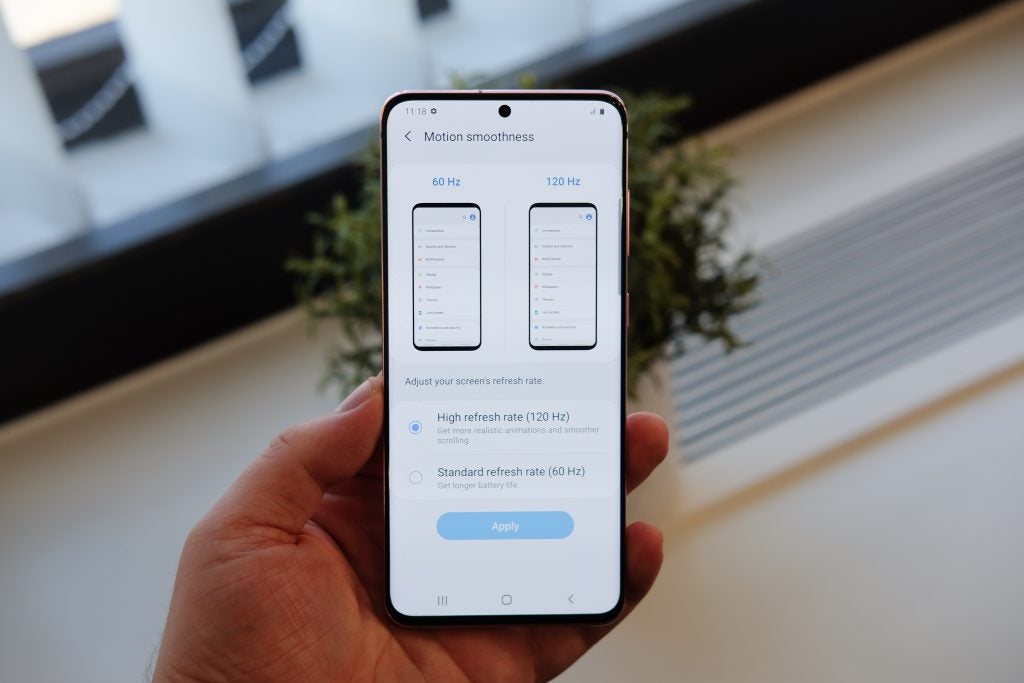Microsoft has marked the start of its annual Ignite user conference by detailing the updates it is making to several core parts of its cloud portfolio, as part of its ongoing push to provide enterprises with the tech tools they need to weather the Covid-19 crisis.
This year’s Microsoft Ignite is taking place virtually, as a direct consequence of the pandemic, and runs until Thursday 24 September 2020.
The first day of the online event has seen the firm go public with plans to bolster the functionality of its cloud-based collaboration and communication platform, Microsoft Teams, by adding new security and compliance-focused features.
Some of the other updates the firm plans to roll out include features designed to support enterprises grappling with how best to support remote-working employees – from a health and wellbeing perspective – as the pandemic continues.
As such, the company is broadening the range of productivity and wellbeing-related data insights accessible to users and managers within Teams, so people know what changes they need to make to their working patterns to prevent burnout, for example.
Another feature due to be added to Teams within the next year is a Virtual Commute piece of functionality so that users can, in Microsoft’s words, “mindfully disconnect” from work at the end of each day.
At the same time, firms across the globe have begun to reopen offices, with social distancing measures in place, and Microsoft is seeking to support this by rolling out additional features to the in-room hardware and software supporting its Teams Rooms.
Many of these will be made available to users by the end of the year, said Microsoft, and include remote meeting room capacity notifications, whereby meeting room cameras equipped with people-counting technology can help ensure that social distancing rules are being complied with.
Also, remote room controls will be added to the Microsoft Teams mobile app to limit the number of physical items within meeting rooms that users have to interact with.
These are all geared towards enabling “touchless” meeting experiences, said Microsoft, with the support of its virtual assistant technology, Cortana.
As previously reported by Computer Weekly, the pandemic resulted in huge spikes in the use of Teams by enterprises across the world earlier this year, as business were suddenly forced to embrace remote working practices on a global scale.
According to Microsoft’s own data, the pandemic resulted in a new daily record of 2.7 billion meeting minutes taking place on Teams in a single day. In April, that daily record was beaten when 4.1 billion minutes of meetings took place.
Given the importance placed on communication tools by enterprises during the pandemic, Microsoft has also set out plans to offer access to a fully managed communications platform to run natively on Microsoft Azure, enabling developers to add voice and video calling capabilities to mobile and desktop applications, as well as websites.
The Azure Communications Service, as it is known, will also enable developers to incorporate other elements of Microsoft’s public cloud platform into their services, including translation and sentiment analysis, said the company.
Elsewhere, Microsoft has set out plans to expand the functionality of its hybrid cloud-enabling Azure Stack, which is designed to enable enterprises to run public cloud-like workloads within on-premise datacentres.
As such, users of the hyper-converged version of Azure Stack will be able to run and deploy containerised applications on the setup, following the preview release of Microsoft’s Azure Kubernetes Service (AKS) on Azure Stack HCI.
On top of this, Azure Stack Hub – which is intended for use within edge computing environments – will now come equipped with support for graphics processing units (GPUs), Microsoft also announced, so users can run compute-intensive machine learning workloads in a wider variety of locations.
Many of the announcements pushed out by Microsoft as part of Ignite make reference to the impact Covid-19 is having on enterprises and their IT spending and investment priorities.
On this point, Frank X Shaw, the company’s corporate vice-president of communications, made reference to how the pandemic has resulted in “years’ worth of digital transformation” happening in a “matter of months” as the virus has forced to them to rethink how they operate.
“What is becoming clear is that those companies and organisations that are able to adopt technology to drive their digital transformation forward are building resilience for today and for whatever may come,” said Shaw in an Ignite 2020 blog post.
“We are also mindful of the challenges presented by Covid-19. Many organisations are struggling due to shifting priorities and needs of their customers. People are adapting to an entirely new way to work, while others are looking for safe, new ways to continue critical work amidst a global health crisis and economic uncertainty.”













